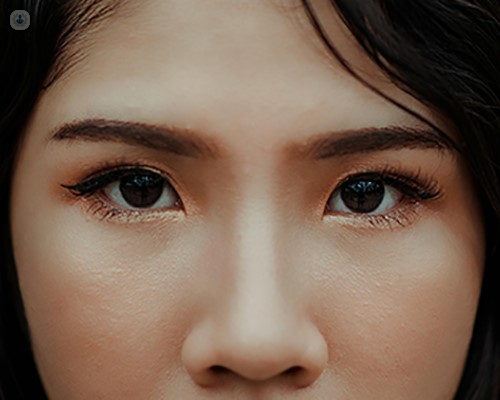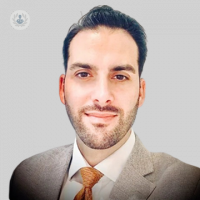Rhinoplasty: the key aspects
Escrito por:Rhinoplasty, commonly known as a "nose job," is a surgical procedure designed to alter the shape or functionality of the nose. Whether you're considering rhinoplasty for cosmetic reasons or to address medical issues such as breathing difficulties, it’s important to understand the process, benefits, and potential risks involved. In his latest online article, Mr Andrej Salibi seeks to offer a thorough overview to assist you in making an informed decision.

What is rhinoplasty?
Rhinoplasty is a type of plastic surgery that modifies the nose's structure. This may involve altering the bone, cartilage, skin, or a combination of all three. The surgery is often sought for aesthetic reasons, such as reducing a hump, changing the nose's angle, or narrowing the nostrils. However, it can also address medical issues like a deviated septum, which can obstruct airflow and cause breathing problems.
The procedure
Rhinoplasty can be performed in two primary ways: open and closed.
- Open rhinoplasty: This technique involves making a small incision across the columella (the tissue between the nostrils) to allow the surgeon better visibility and access to the nasal structure. It’s typically used for more complex cases.
- Closed rhinoplasty: Here, incisions are made within the nostrils, leaving no visible scars. This method is often employed for less extensive reshaping.
The surgery is usually performed under general anaesthesia, meaning you will be asleep and unaware during the procedure. Depending on the complexity, the operation can take between one to three hours.
Recovery and aftercare
Post-surgery, it's normal to experience swelling, bruising, and some discomfort, which can be managed with prescribed medications. A nasal splint is often placed to maintain the new shape during the initial healing phase, typically worn for about one week. Most patients can return to work and normal activities after two weeks, although strenuous activities should be avoided for at least four to six weeks.
Potential risks
As with any surgery, rhinoplasty carries risks. These may encompass infection, bleeding, and negative reactions to anaesthesia. More specific risks include:
- Nasal septal perforation: A hole in the septum, which can cause breathing problems.
- Persistent swelling or bruising: Some swelling can last up to a year.
- Unsatisfactory aesthetic results: Sometimes, the desired appearance isn’t achieved, which may necessitate a revision surgery.
Understanding the intricacies of rhinoplasty is crucial for anyone considering this procedure. Consulting with a qualified plastic surgeon to discuss your goals, concerns, and the surgical plan is the first step towards ensuring a successful outcome. Always ensure your surgeon is certified and experienced in performing rhinoplasties.
Mr Andrej Salibi is an esteemed plastic surgeon. You can schedule an appointment with Mr Salibi on his Top Doctors profile.


